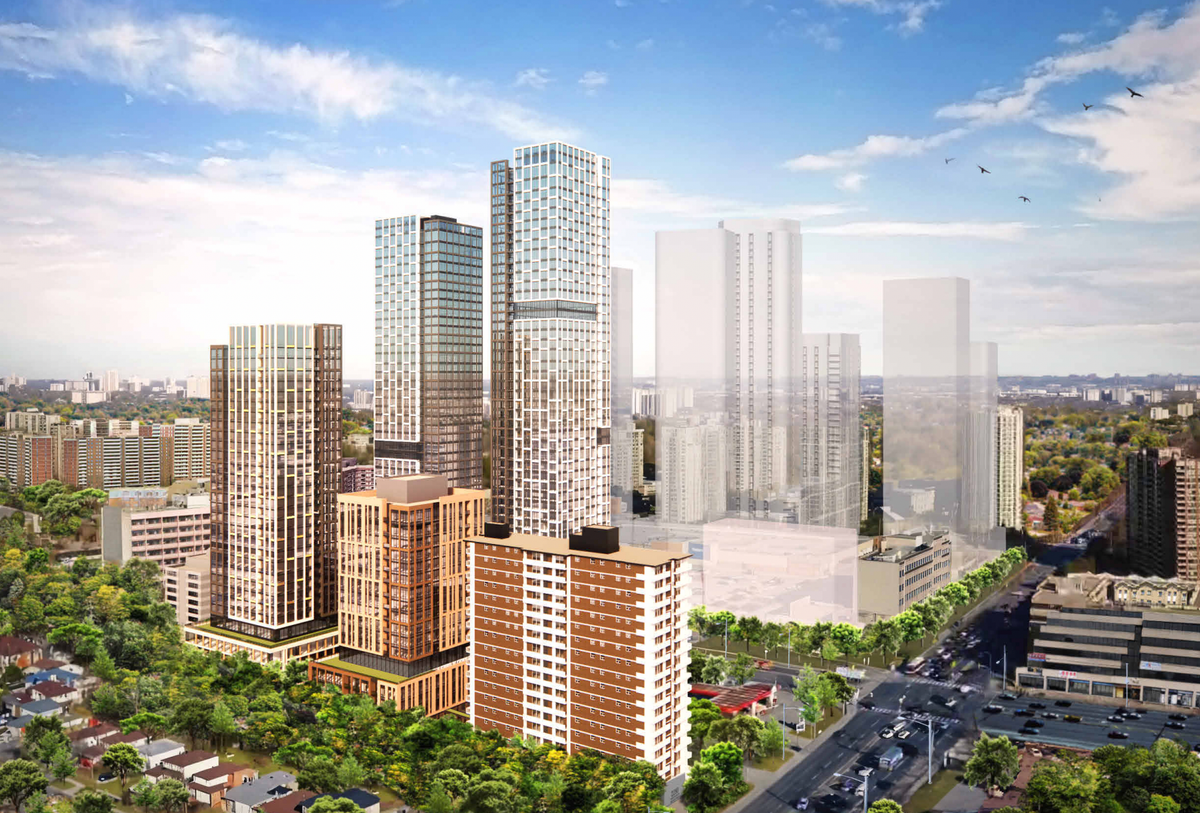Not often does a city get a second chance to choose a mayor. Toronto got the rare opportunity in February when the incumbent, John Tory, resigned suddenly after his affair with a female staffer was revealed.
Though unexpected, the timing of Tory’s departure turned out to be entirely fortuitous; the city was waking up to the mess he had created during two terms and eight years in office. Though his predecessor, the late Rob Ford, was far and away the most disastrous chief magistrates this, or any, city could have had, Tory has much to answer for. Quite simply, his fixation on keeping property tax increases at or below the rate of inflation meant there was never enough money to fill potholes and maintain public transit let alone make a dent in Toronto’s $50B capital budget.
Little wonder that under Tory the city fell into a classic downward spiral from which recovery is difficult if not impossible. But prompted by mayors like Tory, Torontonians long ago bought into the lie that they shouldn’t have to pay for the privilege of living in one of the world’s most desirable cities.
Toronto’s dirty little secret -- the one nobody dares mention out loud –- is that it’s living on infrastructure investments made during the 1950s, ‘60s and ‘70s. Since then, it has been content to coast on its reputation as the “City that Works,” or perhaps, “New York Run by the Swiss” and hope for the best.
In truth, Toronto has been dysfunctional for decades. Mike Harris’s shotgun amalgamation of 1998 didn’t help. A move that was supposed to be an exercise in governmental efficiency and economies of scale gave rise instead to ballooning budgets and Rob and Doug of the Etobicoke Hillbillies. And so, Toronto remains a city stuck in time, unable to see beyond the political fiction that things have never been better.
That fantasy came to a crashing halt during the pandemic, when residents were stuck at home and in the city for two-and-a-half endless years. It didn’t take long to discover that the gap between the myth and reality of Toronto had turned into a chasm.
There weren’t quite enough band-aids to hold things together, but temporary programs like CaféTO and ActiveTO created a sense that some quality of urban life could be salvaged from the pieces. Parks suddenly became hugely popular and sidewalk restaurants helped neighbourhoods stay alive.
Unfortunately, bedrock issues such as lack of affordable housing, chronically underfunded public transit, out-of-control development, poor policing, poor planning, and a seriously misguided provincial government only grew worse.
So when Tory resigned, the race to succeed him was instantly the most wide open since David Miller decided not to seek a third term in 2010. Without an incumbent, the election was up for grabs. As of this writing, no fewer than 43 brave souls have proved once again that hope springs eternal. Though most don’t have a snowball’s chance, it’s much too early to predict who will win. That’s unlikely to come clear before the polls close on June 26, when the election will be held.
Given the unique circumstances of this contest, it will be especially interesting to see how the candidates respond. Will they offer the usual mix of low taxes and austerity budgeting? Or will they take advantage of the situation and opt for something more honest and drastic? So far, only Councillor John Matlow has been bold enough to get real. His willingness to talk about raising property taxes, revisiting the $1.5B Gardiner East rebuild, capping police spending, restoring public transit, and keeping Ontario Place public shows a politician prepared to move into territory wanna-be mayors avoid like the plague.
At the same time, Matlow’s evidence-based platform puts him at odds with fuzzy-wuzzy Tory in every respect. If the former mayor’s belief that he spoke for the average Torontonian was accurate, that also puts Matlow at odds with residents whose presumed relationship with the city goes no further than parking, potholes, garbage collection, and low taxes.
At the opposite end of the spectrum, candidate Mark Saunders, Toronto’s former top cop, is offering himself as the second coming of Tory. One of the first things Saunders declared publically was his antipathy to bike lanes. Vote for me, he said, and I’ll put a quick end to that sort of progressive thinking. No surprise, he would also be Doug Ford’s most obvious ally.
Speaking of Doug Ford, the premier’s habit of intervening into the city’s affairs has many worrying that the most pressing threat of electoral interference in this round comes not from some foreign power but Queen’s Park. Ford has already made his fear and loathing of a “lefty” mayor clear. Toronto, he spluttered, would be “toast” if it failed to elect a Tory, i.e. someone like himself.
The premier has never hesitated to meddle in the politics of Toronto, of course, but the last thing Toronto needs is another Doug Ford at city hall.





















